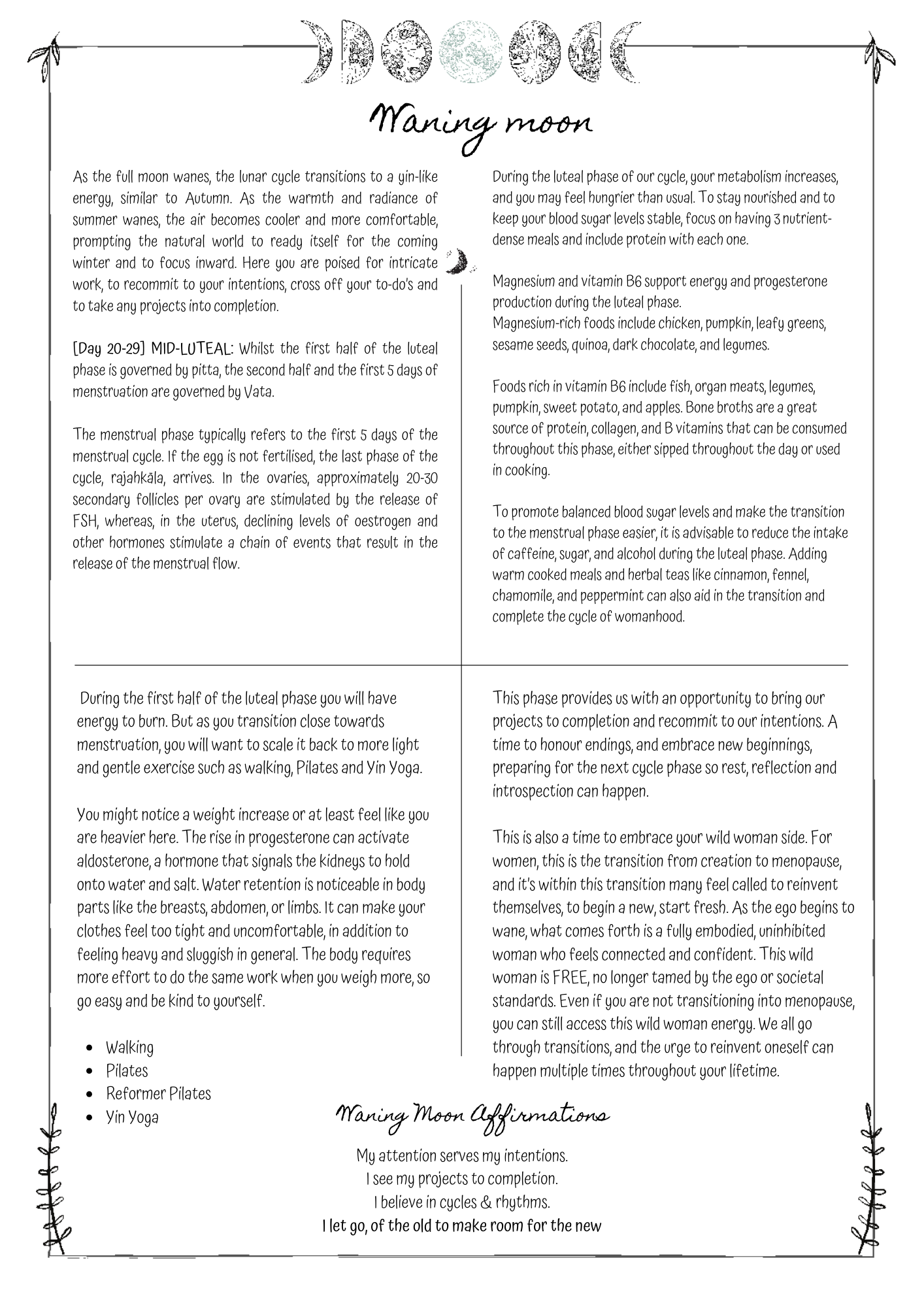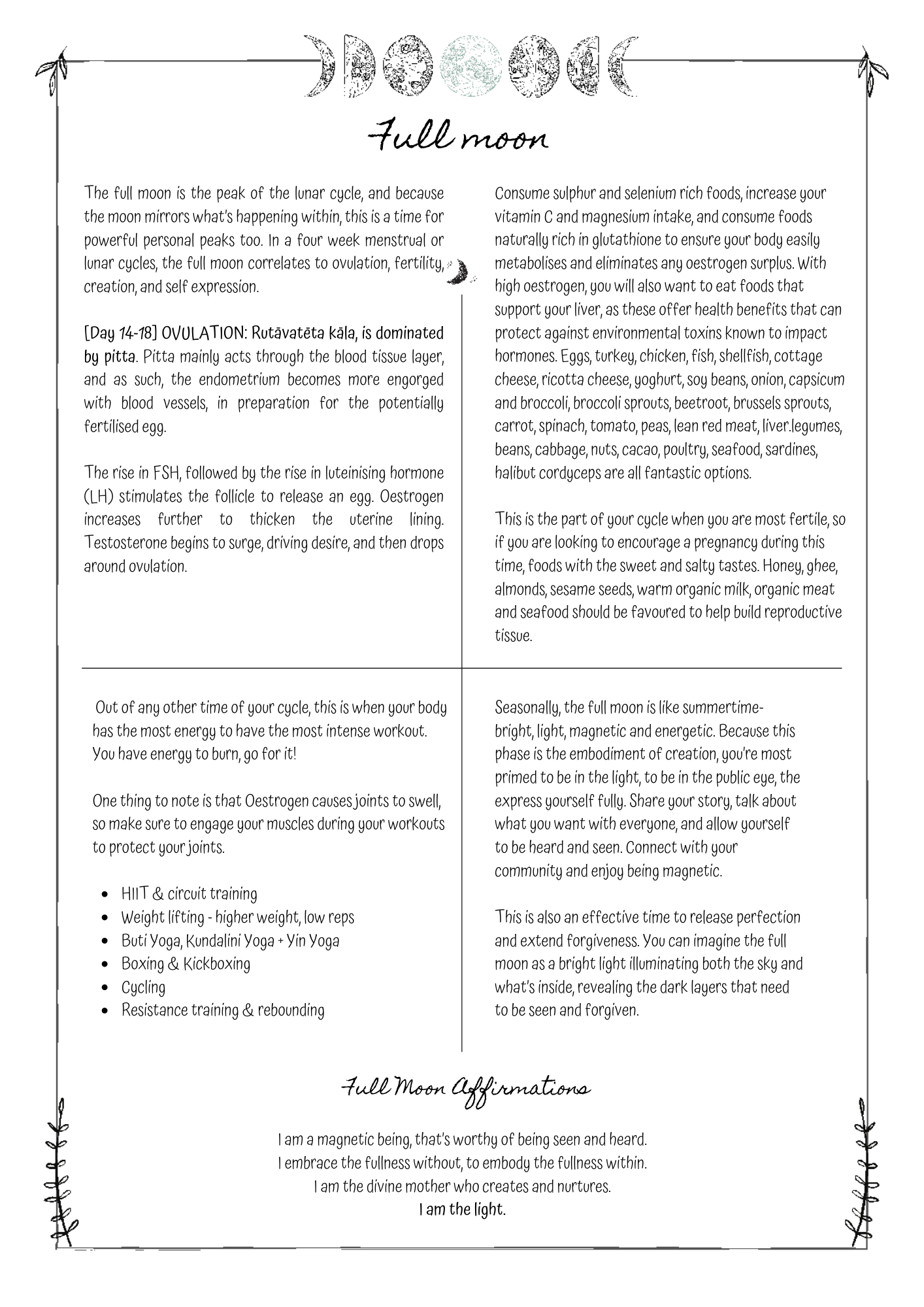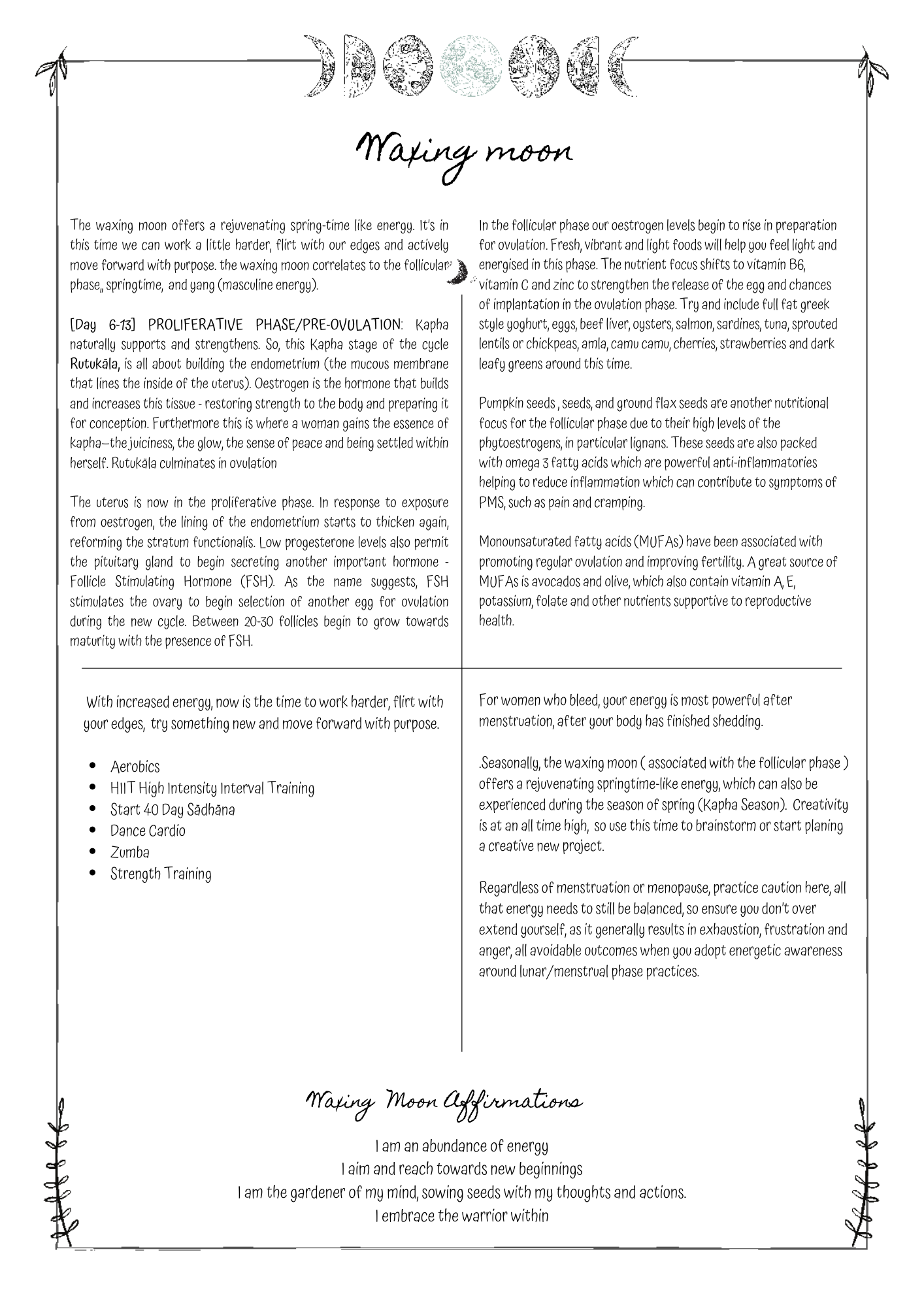Umeboshi are Japanese plums pickled in salt and red shiso leaves. Packed with scores of vitamins and minerals – such as citric acid, malic acid, catechin, vanillin, polyphenol and many other key compounds, they are a unique delicacy that ignites Agni (Fire), nourishes Ojas (Water), stabilises digestion (Earth), regulates Vāyu (Air), and clarifies the subtle channels (Ether).
Furthermore they act as a:
Rakta tonic
Digestive stimulant
Mineral-rich rejuvenate
Detoxifier and liver supporter
Balancer of both Agni and Soma
A simple pickled plum, yet a complete Ayurvedic ally. Let’s take a look at how this superfood Nourishes the Doṣhas & Mahābhūtas.
Agni (Fire Element), Raktadhātu, and the Heart-Mind Axis
Once preserved with iron-rich shiso leaves, Umeboshi takes on a deep red hue—a signature that Ayurveda would read as nourishing Raktadhātu (blood tissue) and supporting the Tejas principle that governs warmth, vitality, and the heart. Their natural Lavaṇa–Amla rasa (salty-sour taste) kindles Jāṭharāgni gently while their mineral richness nourishes the heart’s rhythm and steadiness. Potassium supports the Hṛidaya (heart), which Ayurveda considers the seat of both Prāṇa and Manas. By harmonising the heart’s flow, Umeboshi subtly calm a restless or anxious mind—soothing excess Vāta in the mental field.
AP (Water Element), Asthi Dhātu, Ojas, and Longevity
Umeboshi, rich in citric acid and trace minerals like manganese, enhances mineral absorption and helps nourish the skeletal system. In Ayurveda, foods that strengthen Asthi also protect Ojas, the essence of vitality and longevity. The ability of Umeboshi to support collagen formation and osteoblast activity mirrors the Ayurvedic idea of deeply nourishing the dhātus in sequence, from Meda to Asthi, thereby promoting long-term strength and steadiness. Their antimicrobial effects also support teeth, considered an extension of Asthi Dhātu. In this way, Umeboshi strengthens the expression of the Water element in the body: stability, resilience, and rejuvenation.
PRITHVĪ (Earth Element), Digestion, Spleen-Pancreas Complex & Nourishment
Prithvī represents grounding, nourishment, and digestive stability, qualities governed by the Spleen–Pancreas complex, known in Ayurveda as the realm of Rasa & Raktadhātu formation, and closely linked with Samāna Vāyu and Agni. The manganese and mineral profile of Umeboshi helps regulate blood sugar, supporting the Ayurvedic equivalent of Śleṣma (Kapha) balance within the digestive tissues. Their Amla rasa stimulates digestive enzymes, supports the breakdown of fats, proteins, and carbohydrates, and strengthens Mandāgni (weak digestion). Their hydrating, fluid-generating nature also replenishes Stomach (Āmāśaya) Yin, in Ayurvedic terms: replenishing Kledaka Kapha, promoting salivation, reviving appetite, and soothing the mucous membranes of the stomach.
VĀYU (Air Element), Lung Strength, Prāṇa, and Elimination
The astringent and toning qualities of Umeboshi balance the Vāyu Mahābhūta, particularly in its expressions through the Udāna Vāyu (lungs, throat) and Apāna Vāyu (colon, elimination). Their gentle astringency reduces excessive sweating. Their influence on the colon reflects their effect on Apāna Vāyu, helping regulate elimination. Depending on preparation, Umeboshi can either bind (for diarrhea) or lubricate and stimulate flow (for constipation)—a perfect example of how preparation method can alter the guṇa (quality) and action of a food.
ĀKĀŚA (Ether) & VYĀNA VĀYU, Detoxification, Vision, and Liver Intelligence
While Chinese medicine places the Liver in the Wood element, Ayurveda associates the liver with the fire element, specifically Ranjaka Pitta, and bhuta agni (the intelligence that governs detoxification, clarity, and the processing of emotion and experience). Umeboshi help clear Āma (toxicity), particularly from alcohol or heavy foods, and supports balanced liver function.
By aiding fat digestion and supporting bile flow (Gallbladder function), Umeboshi harmonises Pitta, cleanses the subtle channels (Srotas), and restores clarity to both the physical and emotional field, qualities associated with balanced Ākāśa element.





























